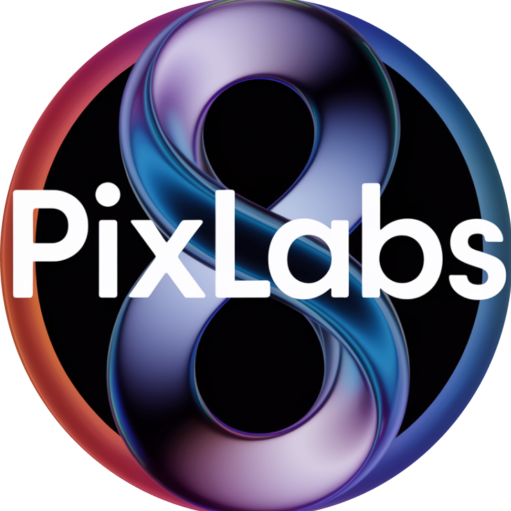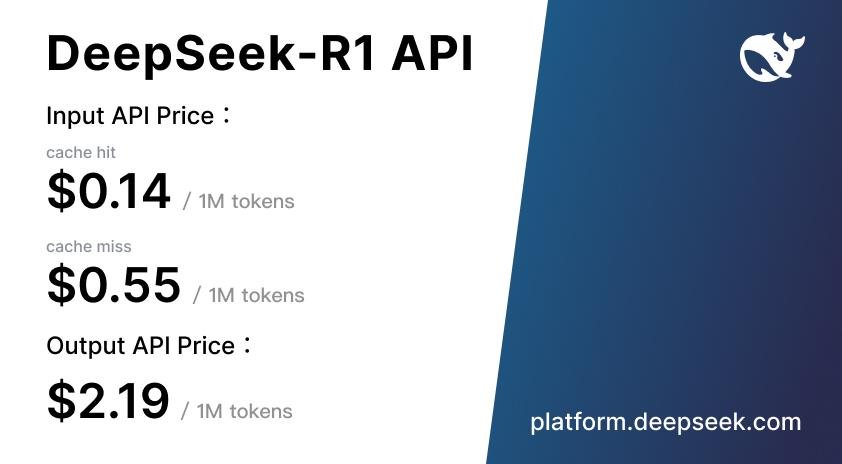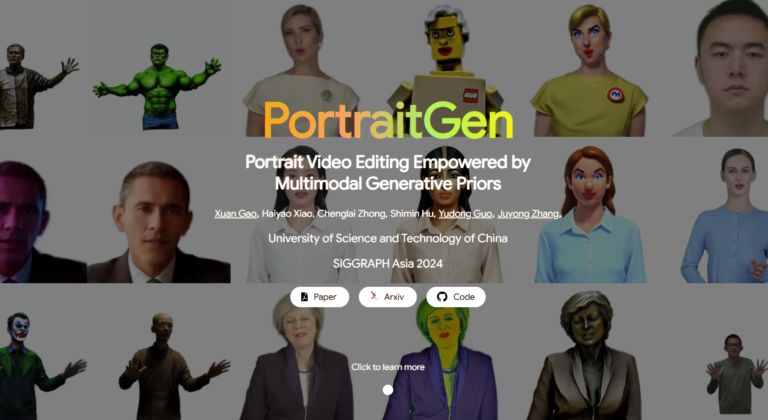DeepSeek a dévoilé son très attendu modèle DeepSeek R1, une innovation révolutionnaire qui révolutionne le monde de l'intelligence artificielle. Cette puissante intelligence artificielle open source est bien placée pour rivaliser avec les offres d'OpenAI, en apportant des capacités avancées en mathématiques, en programmation et en raisonnement logique à un public plus large. Découvrons en profondeur ce qui fait de DeepSeek R1 un outil potentiellement révolutionnaire dans le monde de l'intelligence artificielle.

La puissance et la promesse de DeepSeek R1
DeepSeek R1 représente une étape importante dans le développement de l'IA open source, avec son modèle de base, DeepSeek-R1-Zero, d'une taille impressionnante de plus de 650 Go. Publiée sous licence MIT, cette solution d'IA complète démontre des performances comparables aux modèles d'OpenAI tout en maintenant l'accessibilité pour les chercheurs et les développeurs du monde entier. L'architecture du modèle intègre une implémentation sophistiquée des données de démarrage à froid avant l'apprentissage par renforcement, ce qui se traduit par une efficacité accrue dans diverses applications.
Polyvalence grâce à des modèles distillés
L'un des aspects les plus convaincants de DeepSeek R1 est sa gamme de modèles distillés basés sur les architectures Llama et Qwen. Ces variantes, qui s'étendent de 1,5 à 70 milliards de paramètres, rendent la technologie plus accessible pour une exécution locale. Le modèle DeepSeek-R1-Distill-Qwen-14B, en particulier, a montré des performances remarquables, surpassant les modèles plus grands dans des évaluations complètes. Cette réussite souligne l'efficacité de l'approche de distillation de DeepSeek pour maintenir des performances élevées tout en réduisant les besoins de calcul.

Déploiement local et accessibilité
Pour les organisations et les particuliers recherchant l'indépendance vis-à-vis des services cloud, DeepSeek R1 offre des options de déploiement local robustes. Le modèle peut être exécuté efficacement à l'aide d'outils comme Ollama, bien que des exigences matérielles spécifiques doivent être respectées. Un système avec au moins 48 Go de RAM et 250 Go d'espace disque est recommandé pour des performances optimales. Les exigences du GPU varient en fonction de la taille du modèle choisi, allant des capacités de base pour le modèle 1,5B aux GPU hautes performances pour la variante 70B.
Références de performance et applications pratiques
Les mesures de performance de DeepSeek R1 ont suscité un engouement considérable au sein de la communauté de l'IA. Le modèle démontre des capacités impressionnantes dans divers tests, notamment dans les tâches de raisonnement et les défis de codage. Le modèle DeepSeek-R1-Distill-Qwen-32B, par exemple, a obtenu un score remarquable de 57,2% sur le test LiveCodeBench (Pass@1-COT), dépassant les attentes pour un modèle distillé et rivalisant efficacement avec les alternatives établies.
Impact de l'Open Source et engagement communautaire
En publiant DeepSeek R1 sous licence MIT, l'équipe a contribué de manière significative à la démocratisation des capacités avancées de l'IA. Cette approche open source favorise non seulement la transparence, mais encourage également l'amélioration collaborative et l'innovation au sein de la communauté de l'IA. La version comprend un pipeline complet pour la formation de modèles afin d'améliorer les capacités de raisonnement et de s'aligner sur les préférences humaines, fournissant des outils précieux aux chercheurs et aux développeurs.
Conséquences futures et tendances du secteur
L'émergence de DeepSeek R1 signale un changement de paysage dans le développement de l'IA, où les solutions open source remettent de plus en plus en question les modèles propriétaires. Cette tendance suggère un avenir où les capacités avancées de l'IA deviennent plus accessibles et personnalisables, accélérant potentiellement l'innovation dans divers secteurs. Le succès du modèle à égaler ou à dépasser les performances des alternatives commerciales tout en maintenant l'accessibilité open source pourrait influencer les développements futurs dans le domaine.
Section interactive : participez à la discussion
Nous aimerions connaître votre avis et vos expériences avec DeepSeek R1. Partagez vos idées en répondant à ces questions :
- Quelle a été votre expérience avec l’exécution de DeepSeek R1 en local ?
- Quelles applications voyez-vous pour DeepSeek R1 dans votre domaine ?
- Selon vous, quel impact les modèles d’IA open source comme DeepSeek R1 auront-ils sur l’avenir du développement de l’IA ?
Partagez vos réponses dans les commentaires ci-dessous ou rejoignez notre forum communautaire pour des discussions approfondies. N'oubliez pas de nous suivre pour plus de mises à jour sur les technologies d'IA émergentes et les développements dans le paysage de l'IA open source.


